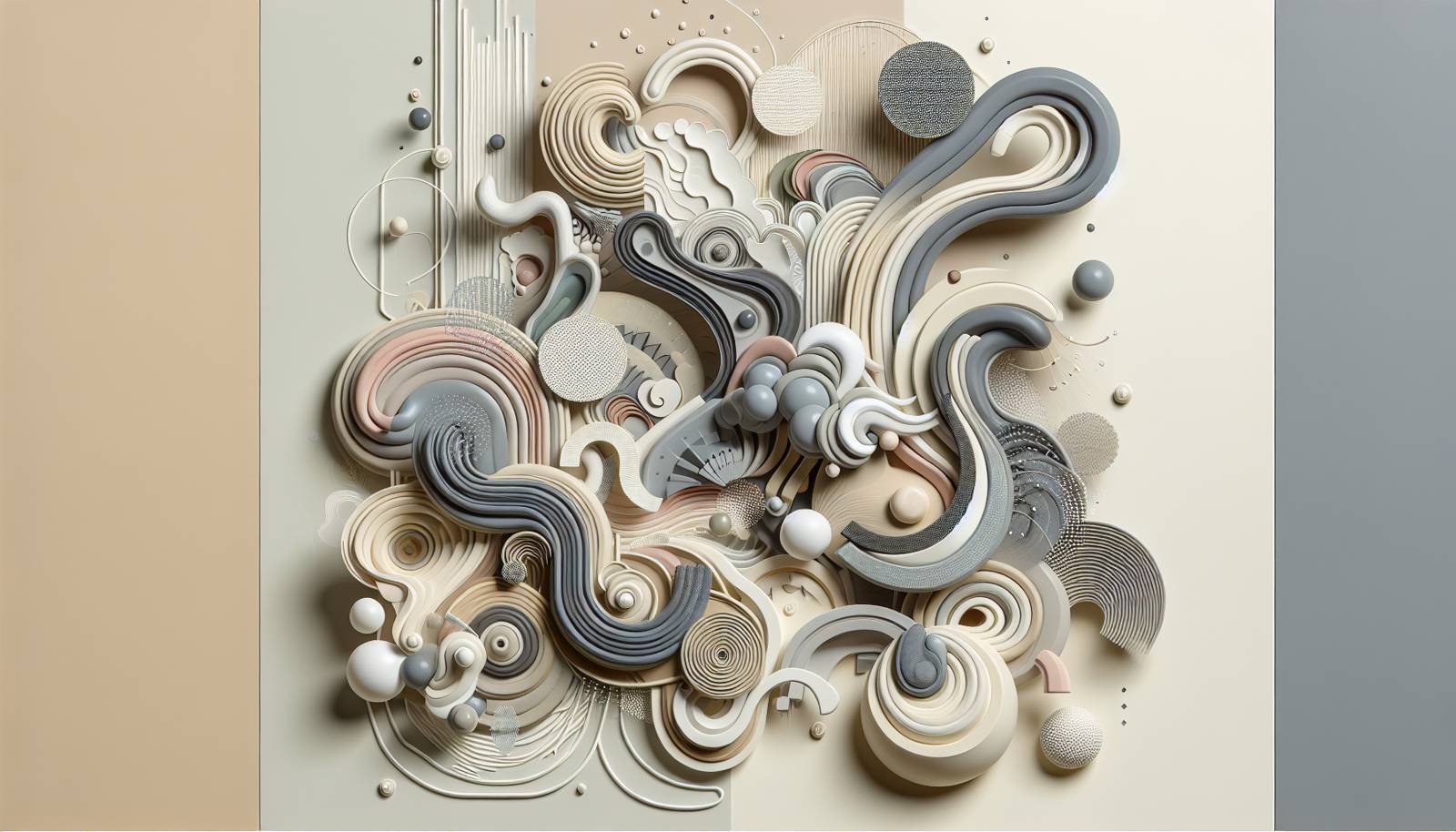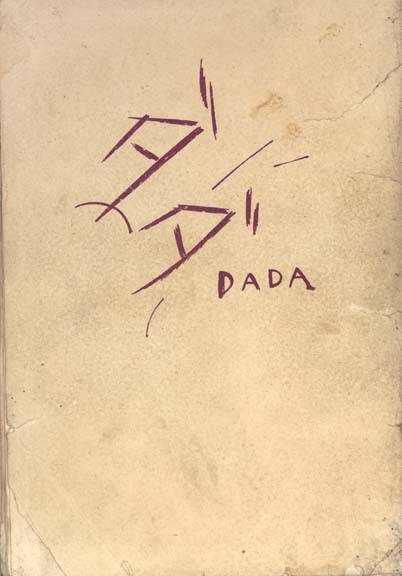
FAQ About The Role of Dada Poetry in Modern Language Experimentation

What is Dada poetry?
Dada poetry emerged as part of the Dada movement, an avant-garde art movement of the early 20th century. It is characterized by its embrace of chaos, absurdity, and anti-establishment sentiments. Dada poets often employed nonsensical language, random words, and sound-based compositions to challenge conventional aesthetics and meanings in literature.

How did Dada poetry challenge traditional notions of literature?
Dada poetry challenged traditional literature by defying coherent narrative and grammatical rules. It mocked the cultural and artistic norms of the time, often by using randomness and chaos to question the role of logic in art. This approach opened up new avenues for creative expression, emphasizing the importance of chance, intuition, and subconscious processes.

What are some key features of Dada poetry?
Key features of Dada poetry include the use of nonsensical language, random word placement, and an emphasis on sound over meaning. Dada poets often employed techniques such as cut-up and collage, where text is physically cut and reassembled, as well as the use of chance procedures and performance to express anti-bourgeois sentiment.

Who were some prominent Dada poets?
Prominent Dada poets include Tristan Tzara, Hugo Ball, and Hans Arp. Tristan Tzara is credited with writing the first Dada manifesto and was instrumental in the movement's development. Hugo Ball was known for his sound poems and performances at the Cabaret Voltaire, while Hans Arp's work in adding visual elements to poetry helped extend the boundaries of literary form.

How has Dada poetry influenced modern literature?
Dada poetry has influenced modern literature by promoting experimental approaches to language and structure. Its techniques of fragmentation, randomness, and sound play have inspired writers to explore new narrative forms and question linguistic conventions. Contemporary poets and authors often draw on Dadaist principles to create works that defy traditional storytelling and express deeper emotional and psychological truths.

In what ways does Dada poetry resonate in spoken word performances today?
Dada poetry resonates in contemporary spoken word by encouraging performers to explore linguistic innovation and emotional expression. Techniques such as sound poetry, improvisation, and non-linear narrative structures are employed to captivate audiences and break boundaries in traditional storytelling. This creative freedom echoes the Dadaist spirit of rebellion against societal norms.

What impact did Dada poetry have on language play in contemporary literature?
Dada poetry's focus on randomness and anti-meaning significantly impacted language play in contemporary literature. It inspired writers to embrace linguistic experimentation, exploring ambiguity, polysemy, and the phonetic qualities of language. This playful approach encourages readers to engage with texts in innovative ways, often prioritizing experience over conventional interpretation.

How did World War I influence the rise of Dada poetry?
The devastation of World War I played a critical role in the rise of Dada poetry. Many artists and writers became disillusioned with societal values that they felt had led to the war. As a reaction, Dada emerged to challenge these norms through absurdity and satire, using chaotic and nonsensical language as a means to reject nationalism, rationalism, and traditional aesthetics.

Can Dada poetry be considered a precursor to postmodern literature?
Dada poetry can indeed be seen as a precursor to postmodern literature, as both share a focus on deconstructing texts and questioning meaning. Dada's use of absurdity, fragmentation, and playfulness paved the way for postmodernism's exploration of metafiction, parody, and pastiche. Both movements celebrate the breakdown of high and low culture distinctions and embrace diversity in form and narrative.

What role did Dada poetry play within the broader Dada movement?
Dada poetry was a crucial element of the broader Dada movement, encapsulating its principles of absurdity, anti-establishment, and anti-art. Through performances and publications, Dada poetry demonstrated the movement's disdain for traditional aesthetic values, often using shock and provocation to challenge perceptions of what constitutes art and literature.

How did Dada poetry contribute to the development of surrealism?
Dada poetry's use of chance and randomness influenced the development of surrealism, particularly in the emphasis on subconscious expression. Surrealists built on Dada's legacy by delving deeper into dream imagery and the irrational mind, employing automatic writing and other techniques to access the unconscious. The Dada legacy can be seen in surrealism's exploration of reality's intersection with imagination.

What is the significance of chance operations in Dada poetry?
Chance operations are significant in Dada poetry as they undermine traditional authorial control and emphasize randomness. This method aligns with Dada's anti-establishment ethos by challenging the notion of art as a product of deliberate, rational thought. By using techniques such as cut-ups and randomization, Dada poets sought to uncover new meanings and provoke thought through unexpected word combinations.

How does Dada poetry continue to influence contemporary art forms?
Dada poetry's influence persists across contemporary art forms, particularly in areas like conceptual art, performance art, and digital media. Its principles of spontaneity, randomness, and questioning of artistic norms have inspired a wide range of creative practices, encouraging artists to break down traditional boundaries and embrace innovation and ambiguity in their work.

What are some examples of Dada techniques used in modern literature?
Modern literature often incorporates Dada techniques such as fragmentation, collage, and the cut-up method. Authors may also use playful language that emphasizes sound or rhythm over narrative clarity, a nod to Dada's sound poetry. By doing so, contemporary writers explore new ways to convey meaning, often prioritizing reader engagement with text on a sensory or emotional level.

How does Dada poetry challenge the concept of authorship?
Dada poetry challenges traditional concepts of authorship by prioritizing chance and collaboration over individual creative genius. Techniques like cut-ups and randomization deconstruct the idea of the author as the sole originator of meaning, instead presenting text as a product of collective interaction and external influence. This perspective aligns with the Dada movement's overall rejection of hierarchical structures in art.

What role did the Cabaret Voltaire play in the development of Dada poetry?
The Cabaret Voltaire was central to the development of Dada poetry, serving as the movement's birthplace in Zurich, Switzerland. Founded by Hugo Ball in 1916, it provided a space for artists to experiment with new ideas, including Dada poetry. The performances and readings at the cabaret were influential in spreading Dada's radical ideas and innovative approaches to literature and art across Europe.

How does Dada poetry engage with political themes?
Dada poetry frequently engaged with political themes by mocking and critiquing the sociopolitical systems of its time. Through absurdity and satire, it sought to expose the irrationality and hypocrisy of power structures. This rebellious stance against authority and convention is evident in how Dada poets used language to undermine and question dominant narratives, including those related to war and nationalism.

Why is Dada poetry considered radical and rebellious?
Dada poetry is regarded as radical and rebellious due to its confrontation with cultural norms and artistic traditions. By embracing absurdity, unpredictability, and anti-aesthetics, Dada challenged the established values of art and society. This resistance to convention was not only aesthetic but also ideological, as it called for authenticity and freedom from the constraints of rationalism and nationalism.

How does the cut-up technique work in Dada poetry?
The cut-up technique involves physically cutting text into pieces and rearranging them to create new content. Popularized by Dada artists like Tristan Tzara, this method emphasizes chance and randomness, allowing for unexpected juxtapositions of words and meanings. It challenges traditional narrative coherence and authorial intent, reflecting Dada's avant-garde spirit of disruption and innovation.
